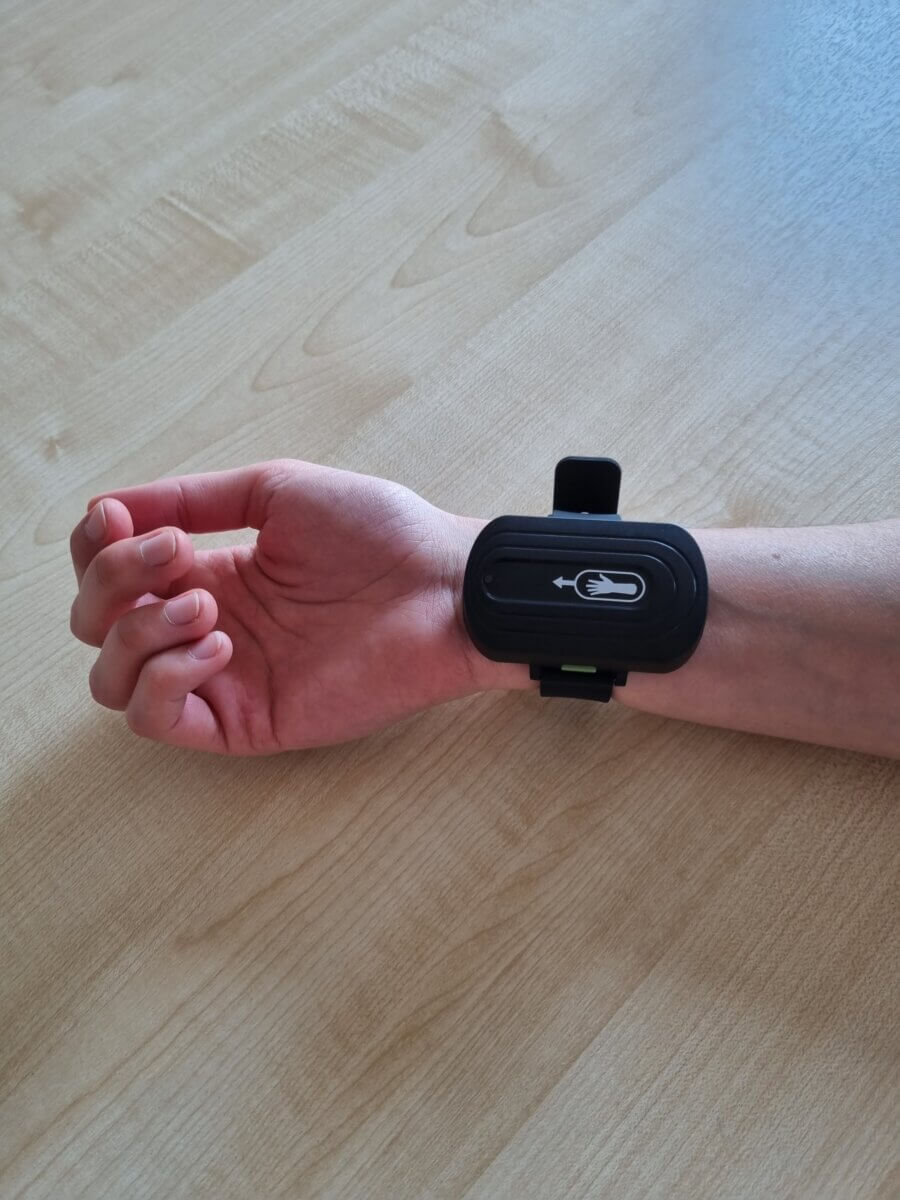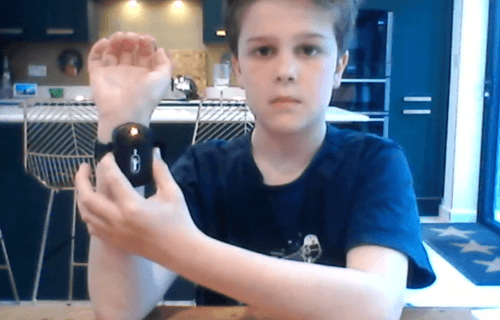NOTTINGHAM, United Kingdom — A recent clinical trial reveals that a prototype wrist device designed to help manage Tourette syndrome can significantly lessen tic frequency and severity.
Researchers from the University of Nottingham, in collaboration with a company called Neurotherapuetics Ltd, developed the Neupulse device, which works by sending electrical impulses to help reduce and prevent frequent tics. So far, 121 people in the United Kingdom have taken part in these trials.
“Though the Neupulse device is still early in development, the results of this UK-wide double-blind clinical trial have been extremely encouraging. This device has the potential to dramatically improve the lives of those with Tourette syndrome, who often face challenges managing their tics, by providing increased control over their tics on demand,” says Professor Stephen Jackson from the University of Nottingham and Chief Scientific Officer at Neurotherapeutics Ltd, in a media release.
Tourette Syndrome (TS) is a neurodevelopmental condition most common in children, often diagnosed between the ages of eight and 12. Tics are the involuntary (and often repetitive) sounds or movements that people with this condition make. People with TS might have them several times in just one day. Right before, they often feel an immense urge to do it, called a premonitory urge (PU).
Previously, researchers from the University of Nottingham have used repeated electrical stimulation to the median nerve (MNS), the nerve of the upper limb, at the wrist point to stimulate rhythmic electrical brain activity. This activity is also referred to as brain oscillations, which are linked to movement suppression. They found that rhythmic MNS greatly reduced tic frequency and tic intensity, and and even got rid of the tic urge in this population.
The participants used the device at home at a similar time daily for 15 minutes for one month. Everyone gave feedback on their experience with the device, and some people were also recorded on video daily. They found that rhythmic MNS greatly reduced tic frequency and intensity, and even got rid of the tic urge in some cases. In fact, participants saw a reduction of over 35 percent in tic severity. Overall, 59 percent of the people who received active stimulation saw at least a 25-percent reduction.

Mylo Roberts, a 13-year-old teen, was a participant in this trial. His parents first noticed unusual symptoms when he was a toddler, but he wasn’t diagnosed until he was 10 after symptoms worsened.
“The device was easy to use – you strap it on like a watch and press a button to start it. You have to make sure the pads are on the back properly otherwise it might hurt a tiny bit. When the stimulation occurs it feels a bit like a fizzing on my wrist and forearm, not painful just a bit different,” Roberts shares.
“The device definitely helped my tics. I still did the occasional tic when it was on but the need to do it was a lot less. I definitely want this device when it is available. I think it can help people with Tourette’s in different ways. For me, I would use it if I was going to the cinema or the theatre – places where you sometimes have to be quiet or still so you don’t disturb people. Tourette’s can be really exhausting sometimes, like when you have a tic attack and can’t get a break from it – this device could really help with that. I think different people would benefit in different ways – because Tourette’s can vary quite a lot. I don’t think I would use it all day, just when I felt I especially needed it.”
His mother, Alex, also thinks the device is helpful for her son.
“I feel this device could be a great safety net for us. I don’t know how Mylo’s Tourette’s will progress as he gets older, but knowing there is something out there that can help if he wants it makes me feel so much better. I would also say that the device might not be for everyone – if you are accepting of your tics and they don’t impact your life you might not want or need it, but for those people that really struggle I believe it will make a significant impact with daily challenges. We feel really lucky to have taken part in the trial,” she says.
This trial is an exciting leap forward, researchers are now looking ahead to commercializing the product and coming out with an App within the next three years.
The initial results were published in MedRxive.

